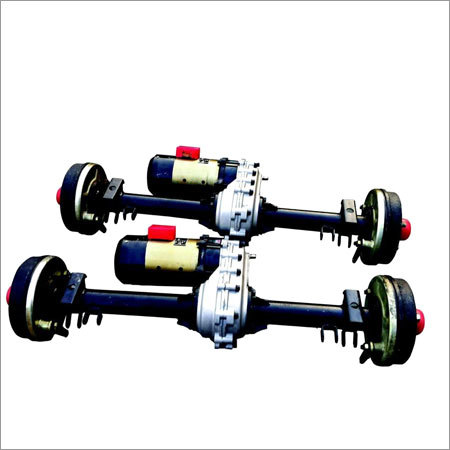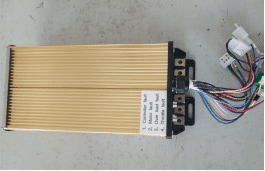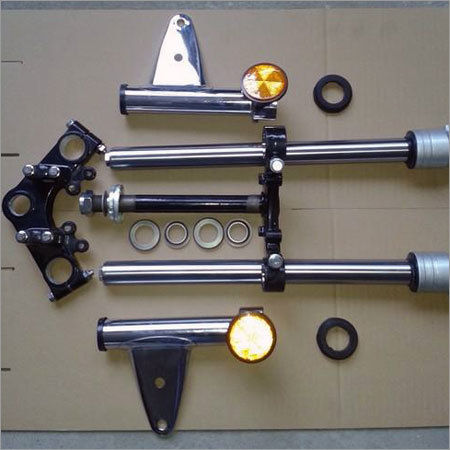Motor and Rear Axle

Product Details:
- Product Type Motor and Rear Axle
- Starting Type Recoil Start
- Color Black
- Warranty Yes
50000.00 - 100000.00 INR/Set
X
Motor and Rear Axle Price And Quantity
- 100 Set
- 50000.00 - 100000.00 INR/Set
Motor and Rear Axle Product Specifications
- Black
- Motor and Rear Axle
- Recoil Start
- Yes
Motor and Rear Axle Trade Information
- 100 Set Per Day
- 1 Days
Product Description
The motor and rear axle are crucial components of a vehicle's propulsion system, working together to provide power and control for the vehicle's movement. The motor generates the necessary mechanical energy, while the rear axle transmits that power to the vehicle's wheels. This combination is commonly found in various types of vehicles, including cars, trucks, motorcycles, and electric vehicles.
Frequently Asked Questions :
Q: What is the role of the motor in a vehicle?
A: The motor, also known as the engine, is responsible for converting fuel or electrical energy into mechanical energy. In conventional vehicles, internal combustion engines burn fuel to create combustion, which drives pistons and generates rotational motion. In electric vehicles, electric motors use electrical energy from batteries or other power sources to produce rotational motion. The motor provides the power necessary to propel the vehicle forward or backward.
Q: What is the purpose of the rear axle in a vehicle?
A: The rear axle is a critical component that transfers power from the motor to the vehicle's wheels. It consists of a shaft or an axle housing connected to the vehicle's chassis and supports the weight of the vehicle. The rear axle houses the differential, which allows the wheels to rotate at different speeds while maintaining power distribution. It transmits torque from the motor to the wheels, enabling the vehicle to move.
Q: Are there different types of motors used in vehicles?
A: Yes, there are different types of motors used in vehicles depending on the propulsion system. Internal combustion engines, such as gasoline or diesel engines, are commonly used in conventional vehicles. Electric vehicles utilize electric motors, including AC induction motors, permanent magnet motors, and brushless DC motors. Each type of motor has its unique characteristics in terms of power output, efficiency, and torque delivery.
Q: Do all vehicles have a rear axle?
A: Not all vehicles have a rear axle in the traditional sense. Some vehicles, such as front-wheel-drive cars, use a transaxle configuration where the transmission and differential are integrated into a single unit, eliminating the need for a separate rear axle. However, rear-wheel-drive vehicles and certain four-wheel-drive or all-wheel-drive vehicles typically have a rear axle to transmit power to the rear wheels.
Enter Buying Requirement Details
Other Products in 'Electric Three-wheeld vehicle Spare Parts' category
 |
CHANGZHOU JOINT TRADING CO.,LTD
All Rights Reserved.(Terms of Use) Developed and Managed by Infocom Network Private Limited. |






 Send Inquiry
Send Inquiry